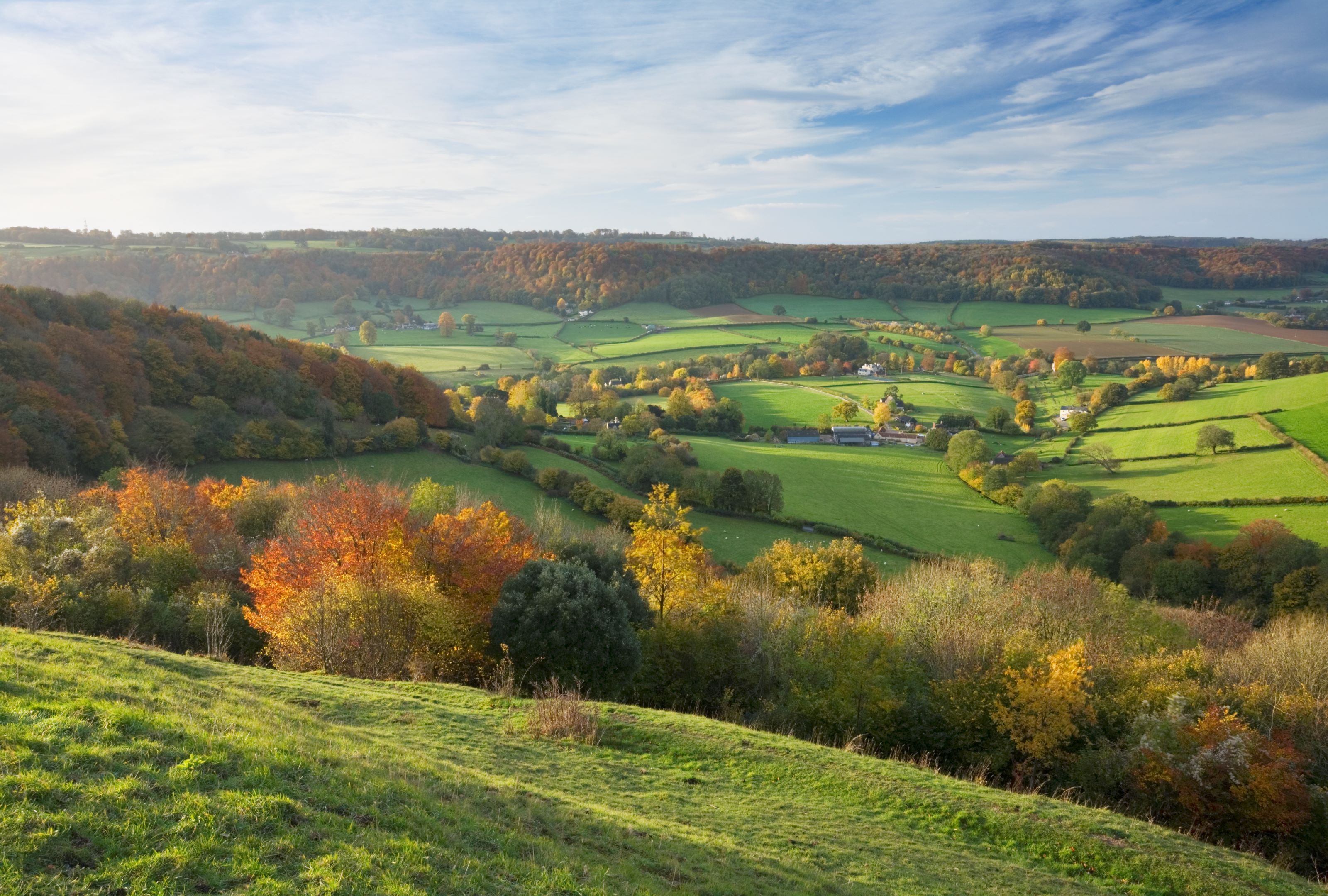
Class Q is a type of planning permission that allows buildings to change from agricultural to residential use providing they meet certain criteria.
It was introduced in 2014 to help make it easier to achieve planning for conversion and in turn ease the pressure on housing in rural areas caused by high house prices, low wages, seasonal renting, high levels of second home ownership, and an ageing population.
Class Q, a Permitted Development right, has opened up new opportunities for landowners and homeowners to take on barn conversion projects. Here we explore what you need to know.

This article has been reviewed by planning consultant Simon Rix. Simon worked as a planning officer and later an elected councillor for local government in the 1990s, beforing setting up Planix.UK Planning Consultants Ltd. He is a regular contributor to Homebuilding & Renovating.
What is the Class Q planning exemption?
"In a nutshell, the government introduced new Permitted Development (PD) rights [in 2014], known as Class Q, which allow the conversion of any existing agricultural buildings into houses," says planning consultant Ken Dijksman. "This is potentially a real bonanza for self builders and small building companies, not to mention the lucky landowners who suddenly find half-forgotten old barns can be turned into valuable new homes."
Class Q of the General Permitted Development (England) Order 2015 gives farmers and landowners the opportunity to convert agricultural buildings into up to five homes per agricultural unit.
'Convert' is the key word here, as Simon Rix from Planix.uk Planning Consultants puts it: “Class-Q is a PD right for conversion, not replacement. New external walls and windows and a new roof can be added but all these must hang off the structural frame of the existing agricultural building. This is where most failed applications fall down.”
The aim of the barn conversion permitted development legislation is to reduce the amount of red tape required and allow homes in rural areas to be built more easily.
There are a few requirements that need satisfying to ensure Class Q can be used for development, notably:
- The building must have been part of an established agricultural business and used only for agricultural purposes either on 20 March 2013 or when it was last used if it was not in use at all on that date
- If it was brought into use after 20 March 2013, then there must be 10 years of agricultural only use of the building (as part of an established agricultural business) before the class Q conversion work can start
- The maximum floor space for the largest home created cannot be larger than 465 square metres. Simon Rix notes: "You can have up to 3 Q-class properties that are classified as “large” (i.e. over 100 square metres or more each) on an agricultural unit, as long as the total size for all three isn’t above 465 square metres, or you can have up to 5 small home (i.e. less than 100 square metres each) on an agricultural unit, or you can have a combination of the two sizes as long as the 3 larger homes are not more than 465 square metres in total, and there are no more than 5 in total. Generally one agricultural unit is one farming enterprise, which may include more than one 'farm'”.
- Unless the tenant and the landlord expressly agrees otherwise, the site cannot be under a current agricultural tenancy, or a previous one that was terminated less than one year before the development starts if it was terminated specifically to pursue the Q-class conversion
- The development must not exceed the dimensions of the previous building
- The building cannot be listed
Importantly, prior approval, discussed below, is also needed before implementing your barn conversion ideas.
How can I use Class Q to create a new home?
If you own agricultural buildings or a building, then Class Q may make it possible to convert the building(s) into a home or several homes without the need to make a formal planning application.
Class Q is meant to provide a less convoluted method of obtaining consent, but within it are a set of conditions. The big one is before Class Q permitted development work can be carried out, prior approval is needed from the local planning authority (usually you local council).
Therefore an application must be made to the local planning authority for a determination as to whether they will give prior approval. This is different to seeking planning permission but does require extensive documentation.
The local planning authority must assess factors impacting highways, noise, contamination, flooding risks on the site, whether the location or siting of the building makes it otherwise impractical or undesirable, or the design or external appearance of the building.
Why is Class Q easier to obtain in some councils but not others?
Because Class Q planning permission still requires a green light from the local planning authority, the number of successful decisions varies heavily on a council-by-council basis.
Since 2014, there have been 14,832 permitted development applications for agricultural to residential, according to UK Government figures. A total of 2,894 did not need prior approval, 6,034 were granted, and 5,904 were not approved.
Regions with high levels of rejected Class Q applications include the South East, which granted 1,065 and refused 1,092 applications, the South West granted 1,643 and rejected 1,639, and Yorkshire granted 265 and rejected 333.
Andrew Watson, a director of planning at Savills, says the considerations that applicants need to take into account, such as structural capability, means the process isn’t necessarily easier and the criteria can be applied differently by each local planning authority.
He said: “It has had a positive effect on increasing the supply of new homes, but given the scale of the housing crisis in the UK, it is fairly negligible.
“With some councils there’s more resistance to them because they feel the power to make decisions has been taken out of their hands.”
How has Class Q increased the value of farmland?
The effect on a land’s value can be significant. Louise Newton, associate rural surveyor at land and property consultant Bidwells, told Farmers Weekly that Class Q consent added £200,000 to a property in Norfolk.
She added that one largely valueless plot in Hertfordshire meanwhile was worth £450,000 after development.
Get the Homebuilding & Renovating Newsletter
Bring your dream home to life with expert advice, how to guides and design inspiration. Sign up for our newsletter and get two free tickets to a Homebuilding & Renovating Show near you.
Sam is based in Coventry and has been a news reporter for nearly 20 years. His work has featured in the Mirror, The Sun, MailOnline, the Independent, and news outlets throughout the world. As a copywriter, he has written for clients as diverse as Saint-Gobain, Michelin, Halfords Autocentre, Great British Heating, and Irwin Industrial Tools. During the pandemic, he converted a van into a mini-camper and is currently planning to convert his shed into an office and Star Wars shrine.

